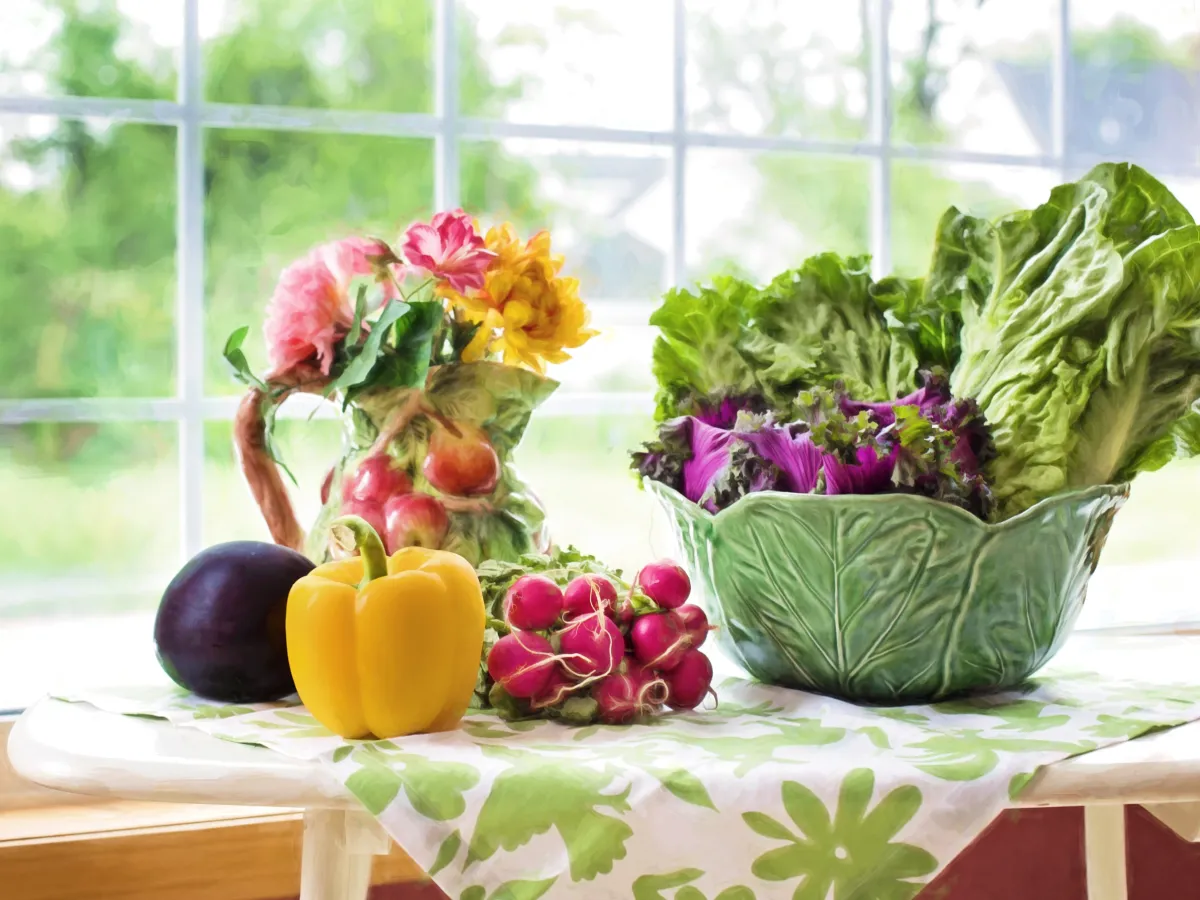Packing a balanced, nutritious lunchbox for your child can feel like a daunting task, especially with picky eaters, busy mornings, and the pressure to provide meals that are both healthy and appealing. However, with the right approach, you can ensure your child is getting the essential nutrients they need to fuel their growing bodies, stay energized throughout the school day, and develop lifelong healthy eating habits. Here’s how to build balanced lunchboxes with practical tips to make it easier and fun!
Why Balanced Lunchboxes Matter
A well-balanced lunchbox ensures that your child receives the right combination of nutrients, including carbohydrates, proteins, fats, vitamins, and minerals. These nutrients are crucial for maintaining energy, supporting brain function, enhancing concentration, and promoting overall growth and development.
Skipping important food groups or relying too much on pre-packaged, processed foods can lead to nutrient deficiencies, energy crashes, and poor eating habits. Balanced meals also help children develop a positive relationship with food, learning that eating healthy can be both enjoyable and satisfying.
The Building Blocks of a Balanced Lunchbox
To create a balanced lunchbox, include these essential components:
- Lean Protein
Protein is key to growth and development, providing the building blocks for muscles, tissues, and overall bodily function. It also keeps kids feeling full and satisfied for longer periods.
Ideas:- Grilled chicken strips
- Hard-boiled eggs
- Turkey or ham slices
- Greek yogurt
- Cottage cheese
- Hummus with veggie sticks or whole-grain crackers
- Plant-based proteins like tofu, edamame, or beans
- Whole Grains
Whole grains provide fiber, which is important for digestion and maintaining steady energy levels throughout the day. They also offer important nutrients like B vitamins and magnesium.
Ideas:- Whole-wheat bread, wraps, or pitas
- Brown rice or quinoa
- Whole-grain crackers
- Oatmeal muffins or energy balls
- Whole-wheat pasta salad
- Fruits and Vegetables
Fruits and vegetables are rich in vitamins, minerals, antioxidants, and fiber. They also add color, flavor, and variety to a lunchbox, making meals more visually appealing to children. Aim to include at least one serving of both fruit and vegetables in each lunch.
Ideas:- Baby carrots, cucumber slices, cherry tomatoes
- Apple slices, berries, grapes
- Bell pepper strips, snap peas, or celery with dip
- Fresh fruit salad
- Dried fruit (unsweetened) like apricots or raisins
- Smoothie pouches with hidden veggies
- Healthy Fats
Healthy fats are vital for brain development and overall health. Including healthy fats helps children absorb fat-soluble vitamins and provides long-lasting energy.
Ideas:- Avocado slices or guacamole
- Nuts and seeds (if allowed at school)
- Nut butter or seed butter (such as almond or sunflower butter)
- Olive oil-based dressings for salads
- Cheese slices or cubes
- Hydration
Don’t forget the importance of hydration. Water should be the primary drink, as sugary beverages can lead to energy crashes and poor focus. For variety, you can infuse water with slices of fruit, mint, or cucumber to add flavor without sugar.
Ideas:- Water bottle
- Milk (dairy or plant-based)
- Smoothies with added spinach or kale for extra nutrients
Tips for Making Balanced Lunches Fun
- Involve Your Child
Let your child help with meal prep or picking foods for their lunchbox. When children feel involved in the process, they are more likely to eat what’s packed and develop a sense of ownership over their meals. - Use Fun Containers
Bento boxes or colorful containers with compartments make it easier to portion food groups and add an element of fun. Kids enjoy opening lunchboxes with variety, and using small containers for dips, fruits, and veggies can keep everything fresh and organized. - Get Creative with Shapes
Use cookie cutters to turn sandwiches, fruit, and veggies into fun shapes. This small effort can make healthy foods more visually exciting, especially for younger children who are picky eaters. - Pack a Surprise
Add a little note, sticker, or a small treat occasionally. A surprise in the lunchbox can make your child feel special and look forward to lunchtime.

0 Comments